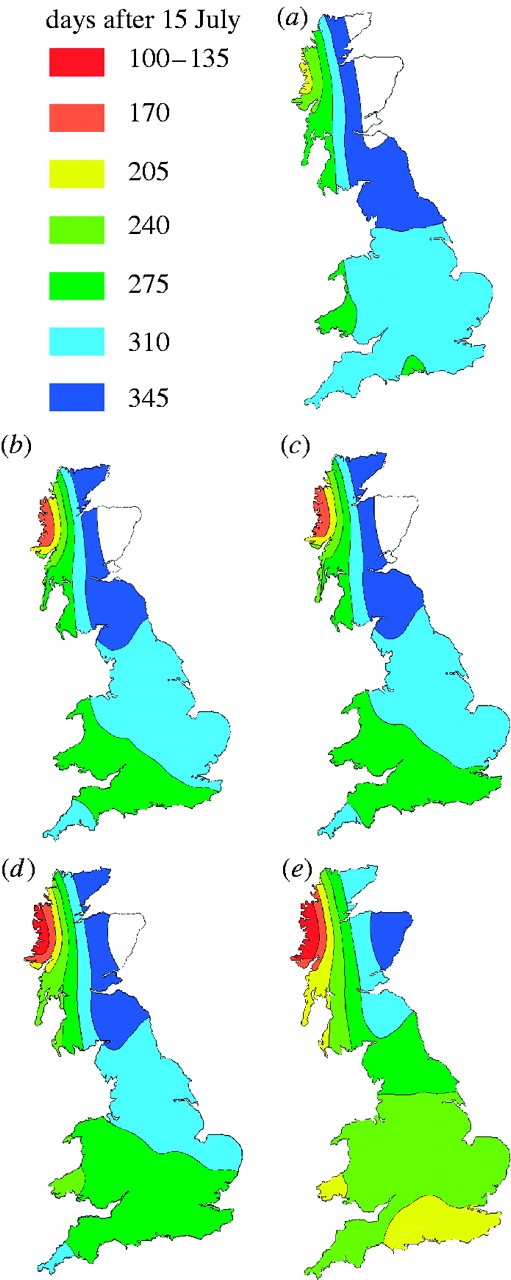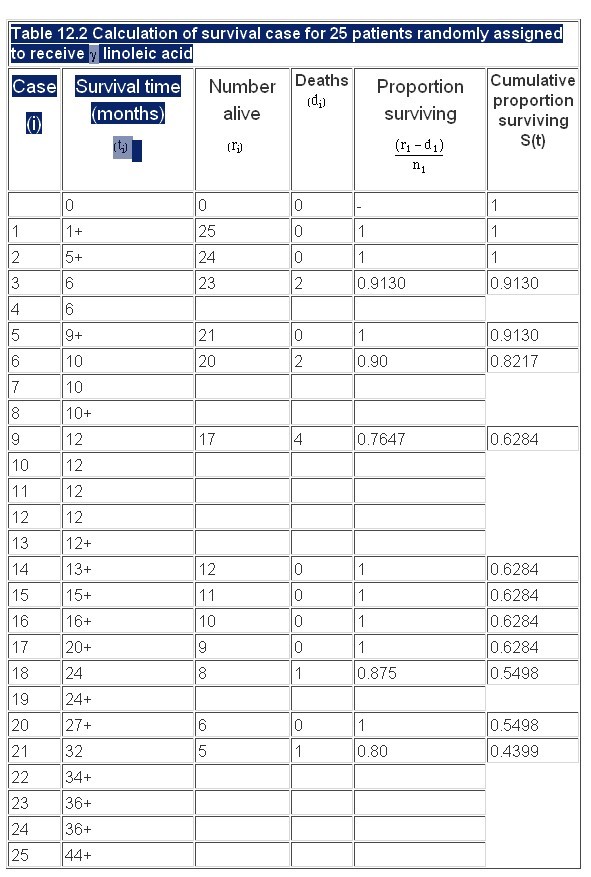Observations The Impact of Starting P
Post on: 16 Март, 2015 No Comment

Thursday, January 20, 2011
The Impact of Starting P/E Ratio on 10-Year Stock Market Returns
One of the most dependable predictors of long-term stock market performance is the initial normalized price/earnings (P/E) ratio. This post uses a scatter graph to demonstrate the relationship that has existed between P/E and future returns over the past century.
Note: if you find the graph below difficult to understand, see Initial P/E and 10-Year Rolling Returns first.
Scatter Diagram: Starting P/E Ratio vs. 10-Year Stock Market Returns
The above scatter plot (click on image to expand) shows the historical relationship between the P/E ratio of the stock market at the time of purchase and the typical investor’s return over the next 10 years. We’ve looked at this relationship before; for example, Rolling Returns vs Initial P/E Ratios looked at the relationship of initial P/E and subsequent returns over time — that is, with time as the horizontal axis. However, this time we’re going to take time out of the equation; it’s just starting P/E ratio vs. 10-year return — man to man so to speak.
In the chart, each dot represents a hypothetical
purchase at the end of a year between 1901 and 1998. The dot’s position on the horizontal axis shows the stock market’s normalized P/E at the end of that year; the dot’s position on the vertical axis shows the annualized total return of a hypothetical investor over the next 10 years. (See note at end of post) For example, the leftmost dot represents a year when the normalized P/E was 6.6; the annualized return over the next 10 years was 15.1%. (FYI, that year was 1914.)
As The Initial/Starting P/E Increases Future Returns Decrease
As you can see, as a general rule, the dots move from the upper left quadrant of the graph (low P/E, high return) to lower right quadrant (high P/E, low return). The green line is the statistically calculated trend line that best fits the data. It shows that, on average, if the P/E increases by 5, the expected future returns decrease by about 3% per year for the next 10 years.
Normalized P/E Ratios Over 20 Are Rare — And, Not A Good Thing
As you can also see, the price/earnings ratio is rarely over 20; only about 10% of the readings exceed that value. The results in those situations have ranged from below average (the average was around 10%) to dismal. Even so, it’s only when the P/E gets around 30 that expected returns go to zero.
The last dot on the right represents a year when the normalized price/earnings ratio was 32.8(!) — the highest on record. Hypothetical investors who bought that year had the worst 10-year performance of all — minus 1.3% per year. Not surprisingly, that year turns out to be 1928. Investors who bought that year had the double misfortune of not only buying during the bubble that preceded the 1929 stock market crash, but also selling 10 years later in the depths of the depression.
Using Normalized P/E Ratios to Project Future Returns
Because the initial normalized p/e ratio is such a good indicator of future 10-year returns, it is a key element of my stock market projection methodology. However, as you can see from the dispersion of the dots, the starting P/E does not precisely predict future performance. Because there are other factors involved, there is a lot of variability in the actual results. Still, I think this is convincing evidence that high P/E ratios have a negative impact upon 10-year returns.
Expected 10-Year Returns Are Not The Same As Expected 1-Year Returns
Finally, it’s worth mentioning that 10-year returns are just that; they’re not one-month returns, or even one-year returns. At least for now, I think it is best to assume that the results here say nothing about the relationship between normalized price/earnings ratios and short-term stock market performance; that’s a horse of a different color — a whole different deal.
Borrowing Returns from the Future continues this analysis and shows why poor returns follow prolonged bull markets.

Notes: The above scatter plot shows the historical relationship between the p/e ratio of the stock market at the time of purchase and the typical investor’s return over the ensuing 10 years. By stock market I mean the DJIA (Dow Jones Industrial Average), though historical results for other broad-based indexes like the S&P 500 would be comparable. By P/E ratio, I mean the normalized price/earnings ratio as I calculate it (see About Normalized P/E Ratios ). Finally, by typical investor’s return I mean the total return of a hypothetical investor who bought the Dow Jones Index and held it for 10 years, reinvesting all dividends (with no expenses such as taxes or commissions ). Note that earnings and dividends prior to 1929 are estimated based upon another stock market index.
Related Posts
Other related posts
Initial P/E Ratio vs Rolling 10-Year Returns. Same data as this post, but looked at chronologically.
Borrowing Returns from the Future investigates the implications of the exceptions/outliers in this chart.
P/E Ratio Impact On Future Returns. Returns of purchases made when p/e is high compared to returns of low p/e purchases. Impact in $$$.
For lists of other popular posts and an index of stock market posts, by subject area, see the sidebar to the left.
This article was featured in the 295th Carnival of Personal Finance














